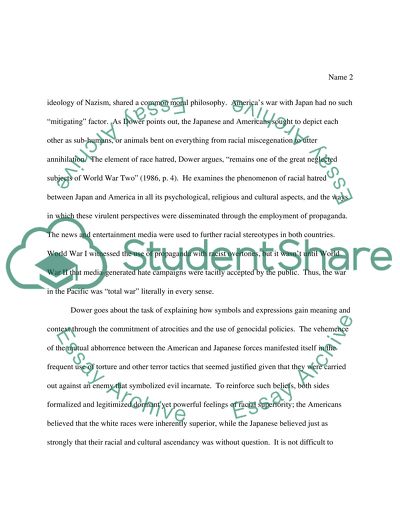Cite this document
(“Manufacturing Hatred: Race-Baiting and Imagery in the Pacific War Essay”, n.d.)
Retrieved from https://studentshare.org/history/1395939-book-review
Retrieved from https://studentshare.org/history/1395939-book-review
(Manufacturing Hatred: Race-Baiting and Imagery in the Pacific War Essay)
https://studentshare.org/history/1395939-book-review.
https://studentshare.org/history/1395939-book-review.
“Manufacturing Hatred: Race-Baiting and Imagery in the Pacific War Essay”, n.d. https://studentshare.org/history/1395939-book-review.


